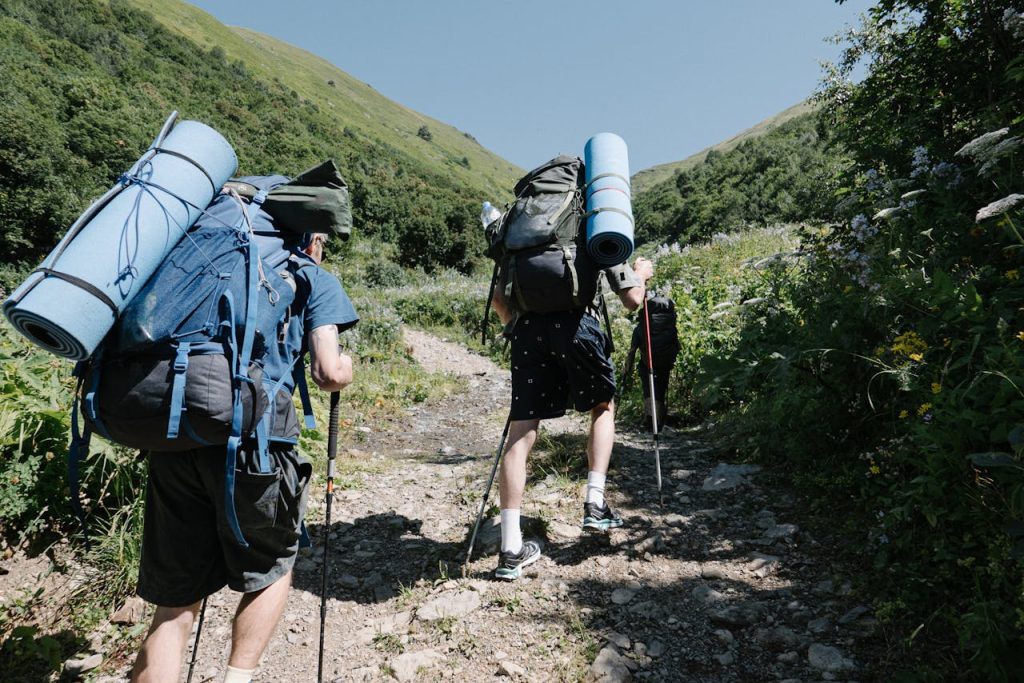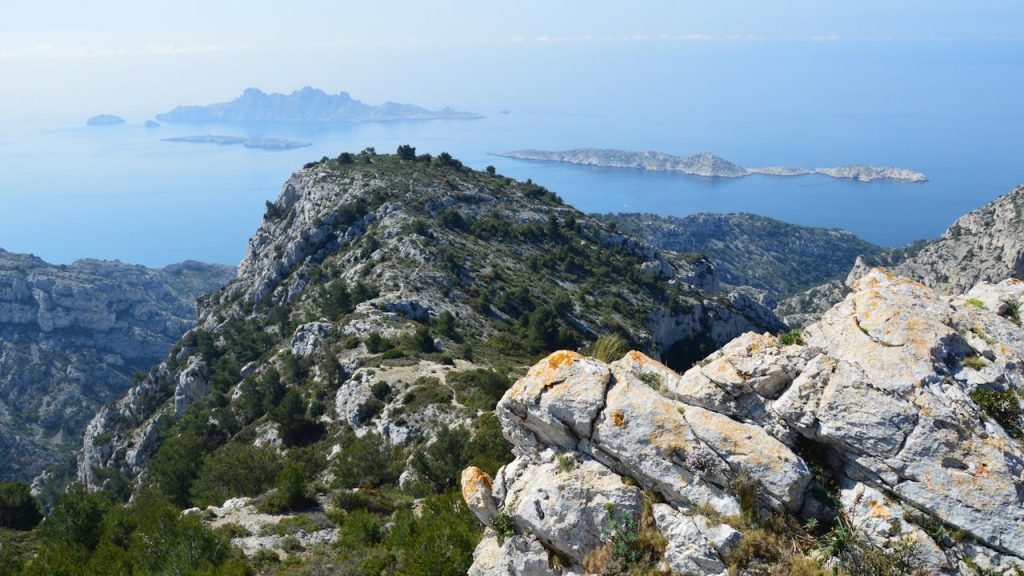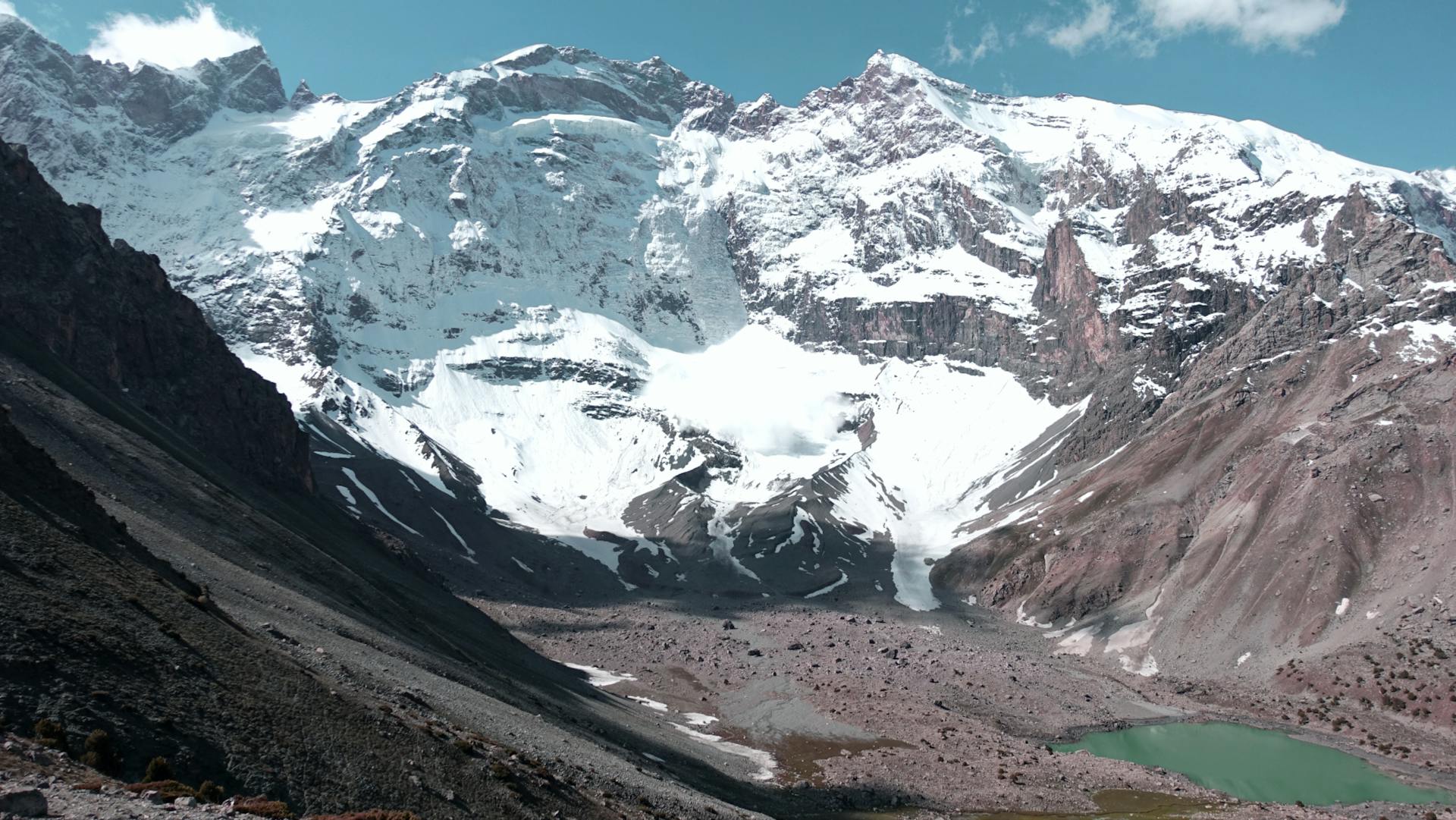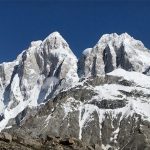10 Incredible Facts About Passu Sar, standing tall at 7,478 meters (24,534 feet), is one of the most breathtaking peaks in the Karakoram Range in Gilgit-Baltistan, Pakistan. Though less known than some of its towering neighbors, it holds its own as a marvel of natural beauty and adventure. This peak remains a destination for those seeking to explore the pristine wilderness and grandeur of the Karakoram.
1. The Crown of Passu
Passu Sar is the highest peak in the Batura Muztagh subrange of the Karakoram. It lies in close proximity to the famous Passu Glacier, making it a centerpiece in a landscape known for its dramatic peaks and icy expanses. Its striking pyramid-like shape dominates the horizon, offering incredible vistas to trekkers and mountaineers.
2. A Mountain of Challenges

Passu Sar is renowned for its technical difficulty and unpredictable weather conditions. These factors make it a thrilling yet daunting climb for seasoned mountaineers. Its steep ridges and icy slopes require advanced climbing skills and a well-prepared team.
3. Neighbor to the Famous Passu Cones
Passu Sar shares its region with the iconic Passu Cones, also known as Passu Cathedral. These sharp, tooth-like formations are a major attraction for tourists and photographers, adding to the allure of the area.
4. Part of a Glacial Paradise
The mountain is surrounded by some of the longest glaciers in the world, including the Batura and Passu glaciers. These glaciers not only enhance the scenic beauty of the region but also play a crucial role in feeding the rivers that sustain life in the valleys below.
5. Rich Local Culture

The region around Passu Sar is inhabited by the Wakhi people, who have preserved their unique traditions, language, and hospitality for generations. Visitors often find themselves captivated by their vibrant culture and the stories of life in the shadow of these towering mountains.
6. A Gateway to the Hunza Valley
Passu Sar is located in the enchanting Hunza Valley, a destination famous for its stunning landscapes and warm, welcoming communities. The Hunza Valley acts as a gateway for trekkers and climbers heading toward Passu Sar and other peaks in the Karakoram.
7. A Dream for Photographers
The beauty of Passu Sar and its surroundings has earned it a reputation as a photographer’s dream. From the golden hues of sunrise reflecting off its icy slopes to the mesmerizing views of the Passu Glacier, every angle offers an opportunity for breathtaking shots.
8. Growing Recognition in 2025
As adventure tourism surges in popularity, Passu Sar is gaining recognition in 2025 as a must-visit destination for mountaineers and nature enthusiasts. Its less crowded trails and untouched beauty are attracting those looking for off-the-beaten-path adventures.
9. A Beacon for Environmental Awareness
The glaciers around Passu Sar are vital for sustaining the water supply in the region. However, climate change poses a significant threat to these icy reserves. Efforts are being made to raise awareness about the need to protect this fragile ecosystem.
10. A Testament to Nature’s Majesty

Passu Sar embodies the rugged and untouched splendor of the Karakoram Range. Its towering presence and pristine surroundings are a reminder of the awe-inspiring power of nature, making it a must-visit for anyone passionate about mountains.
Tips for Visiting Passu Sar
- Plan Ahead: The remoteness of Passu Sar requires careful planning, including permits and proper gear.
- Travel in a Group: Hiring local guides or traveling with experienced teams ensures safety and a richer experience.
- Respect Local Traditions: Engage respectfully with local communities, supporting their economy by purchasing local crafts or food.
- Follow Eco-Friendly Practices: Leave no trace behind and avoid disturbing the natural environment.
Table of Contents
External Resource for More Information
Learn more about Passu Sar by visiting this resource.
Conclusion: 10 Incredible Facts About Passu Sar
Passu Sar stands as a testament to the natural beauty and grandeur of the Karakoram Range. Whether you’re an experienced climber or a traveler seeking inspiration, this towering peak offers an unforgettable experience. Its breathtaking surroundings, rich cultural heritage, and challenging allure make it a hidden gem waiting to be explored. In 2025, Passu Sar continues to shine as a beacon of adventure, drawing the brave and the curious to its majestic heights.


